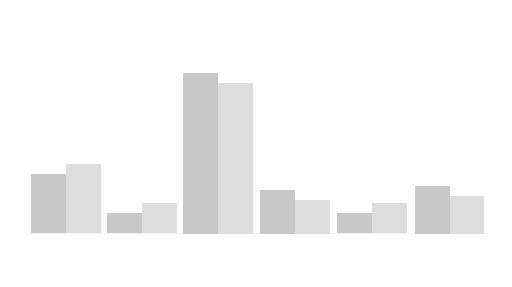European Private Loans Fund II
Partnering with select European co-investing corporate banks to originate high-quality, long-dated, senior private corporate loans, diversified across sectors and geographies.
- Offers regular interest income from fixed-rate corporate senior loans or bonds with substantial spread pick-up vs. public bond and loan markets, delivering attractive yield on par with non-investment grade credit with lower volatility and credit risk.
- High-quality approach focuses on well-established companies with conservative financial and business risk profiles, with a minimum rating of BB-, but aiming for a crossover or investment grade rating.
- Each investment benefits from the rigorous multilayer credit due-diligence process by NB, the originating and co-investing bank, and an external rating agency.
- Dedicated investment team, backed by one of the largest credit teams in the industry, with a broad network in European loan origination and strong credit underwriting capabilities.



This is a marketing communication in respect of the Neuberger Berman European Private Loans Fund II. Please refer to the prospectus of the fund before making any final investment decisions. Investors should note that by making an investment they will own shares in the fund, and not the underlying assets.
This Fund meets the requirements of Article 8 of the SFDR. Further information is available in the Fund’s offering documents and at www.nb.com. When making the decision to invest in the fund, investors should take into account all the characteristics or objectives of the fund as described in the legal documents.
Key Risks
Market Risk: The risk of a change in the value of a position as a result of underlying market factors, including among other things, the overall performance of companies and the market perception of the global economy.
Credit Risk: The risk that the loan issuers may fail to meet their interest repayments, or repay debt, resulting in temporary or permanent losses to the strategy.
Interest Rate Risk: The risk of interest rate movements affecting the positions.
Currency Risk: Investors who subscribe in a currency other than the base currency of the strategy are exposed to currency risk. Fluctuations in exchange rates may affect the return on investment.
Counterparty Risk: The risk that a counterparty will not fulfil its payment obligation for a trade, contract or other transaction, on the due date.
Liquidity Risk: The risk that the strategy may be unable to sell an investment at its fair market value resulting in losses for the investors. In extreme market conditions, this risk could be amplified.
Operational Risk: The risk of direct or indirect loss resulting from inadequate or failed processes, people and systems including those relating to the safekeeping of assets or from external events.
Changes in regulation / tax treatment: Legal, tax, and regulatory changes are likely to occur during the term of the investments and some of these changes may adversely affect the positions, perhaps materially. The positions are exposed to potential losses, liabilities and to legal, compliance, and other related costs.
For full information on the risks please refer to the fund prospectus.
Calendar Year Returns
Performance figures would be reduced if sales charges were applied.
- 3-Year Risk Return Profile
- 3-Year Upside / Downside Capture
3-Year Risk Return Profile

Up Capture Ratio is a measure of the manager’s performance in up markets relative to the market itself. A value of 110 suggests the manager performs ten percent better than the market when the market is up. The Upside Capture Ratio is calculated by dividing the return of the manager during the up market periods by the return of the market during the same periods.
Down Capture Ratio is a measure of the manager’s performance in down markets relative to the market itself. A value of 90 suggests the manager’s loss is only nine tenths of the market’s loss. The Downside Capture Ratio is calculated by dividing the return of the manager during the down periods by the return of the market during the same periods.
3-Year Upside / Downside Capture
As of

Up Capture Ratio is a measure of the manager’s performance in up markets relative to the market itself. A value of 110 suggests the manager performs ten percent better than the market when the market is up. The Upside Capture Ratio is calculated by dividing the return of the manager during the up market periods by the return of the market during the same periods.
Down Capture Ratio is a measure of the manager’s performance in down markets relative to the market itself. A value of 90 suggests the manager’s loss is only nine tenths of the market’s loss. The Downside Capture Ratio is calculated by dividing the return of the manager during the down periods by the return of the market during the same periods.









